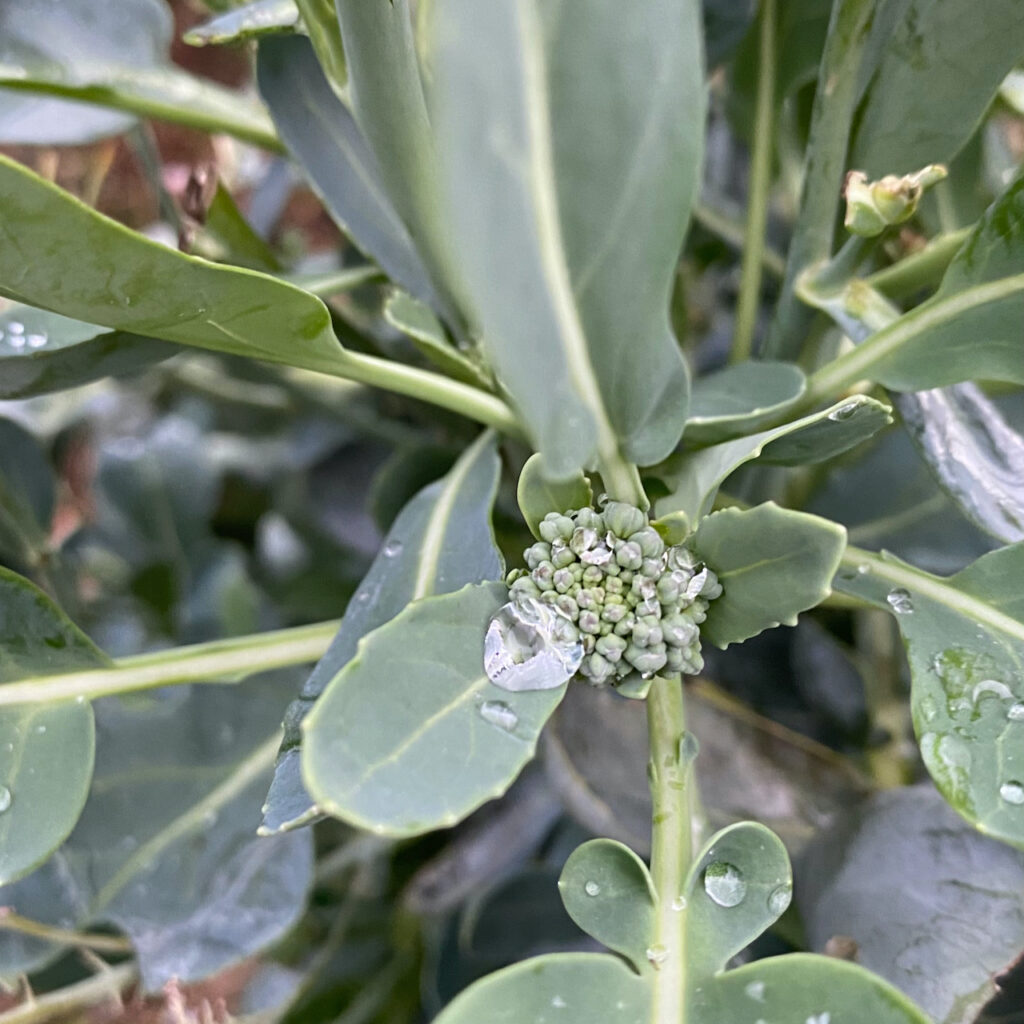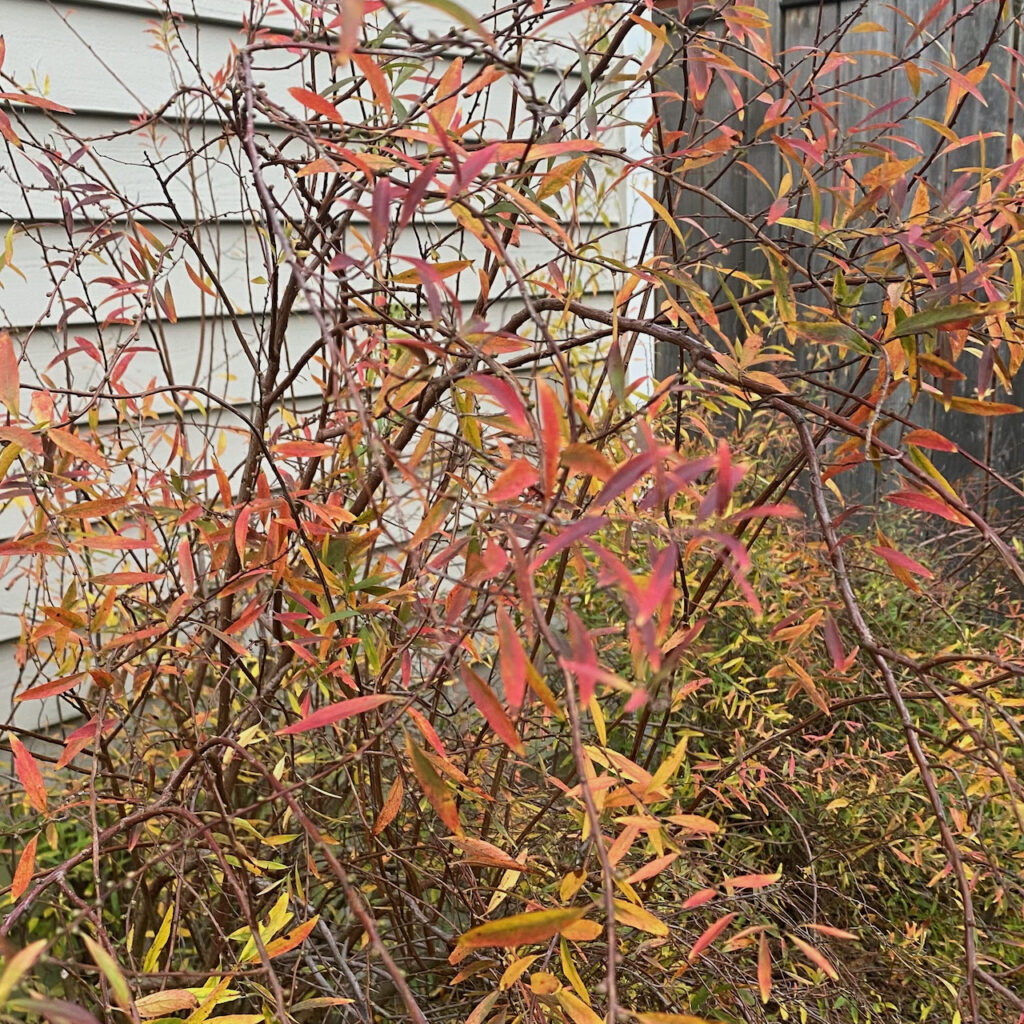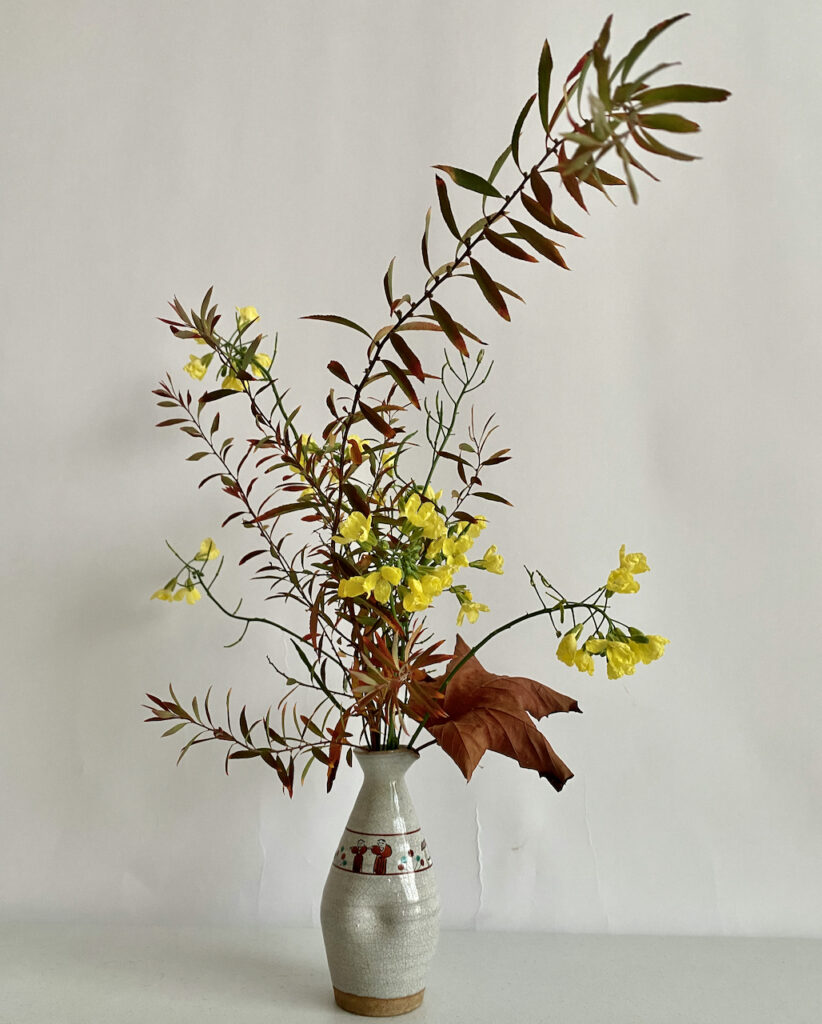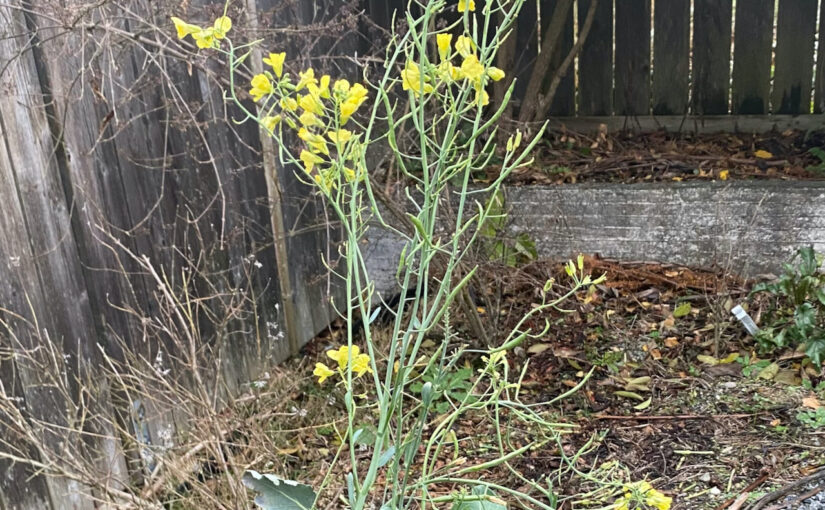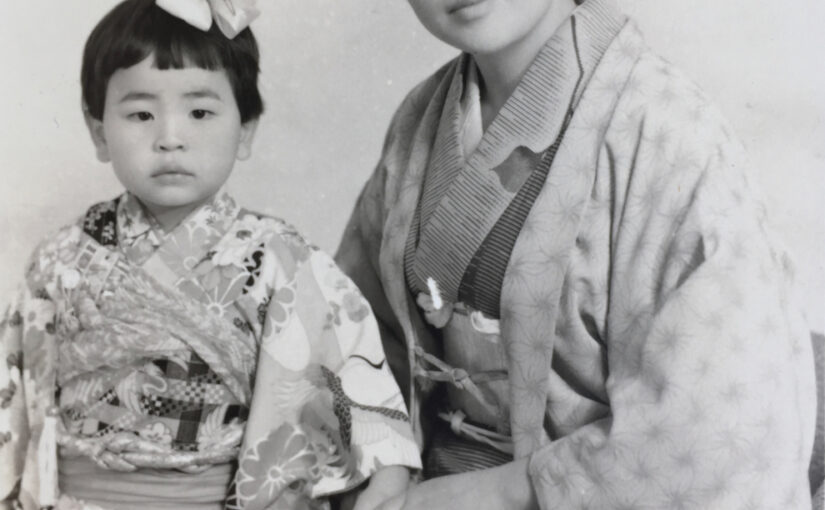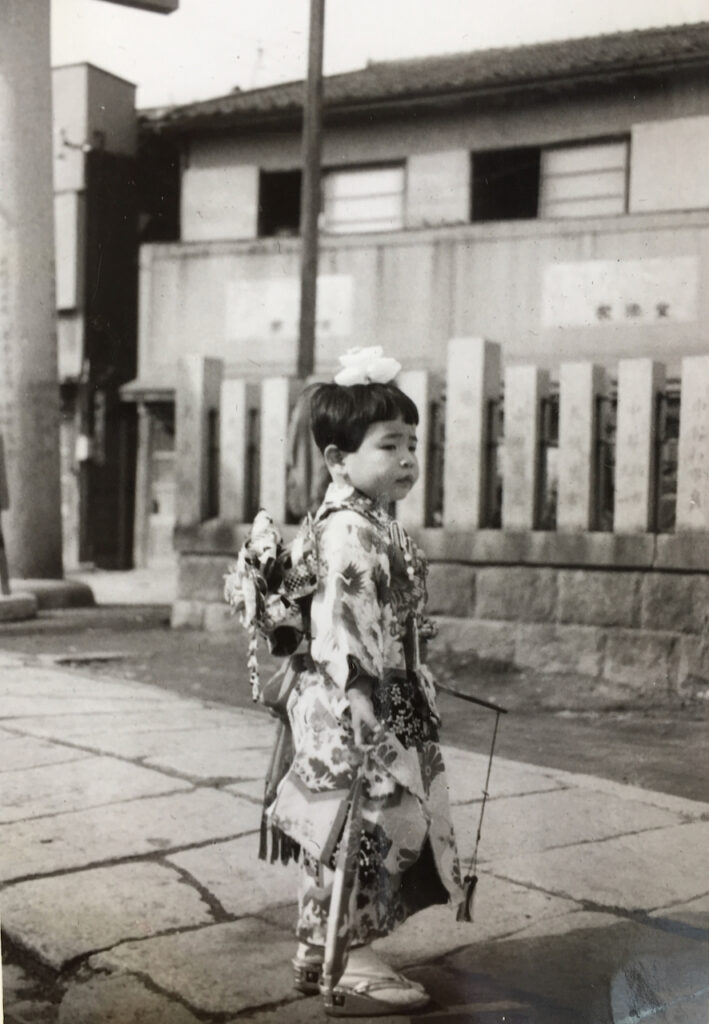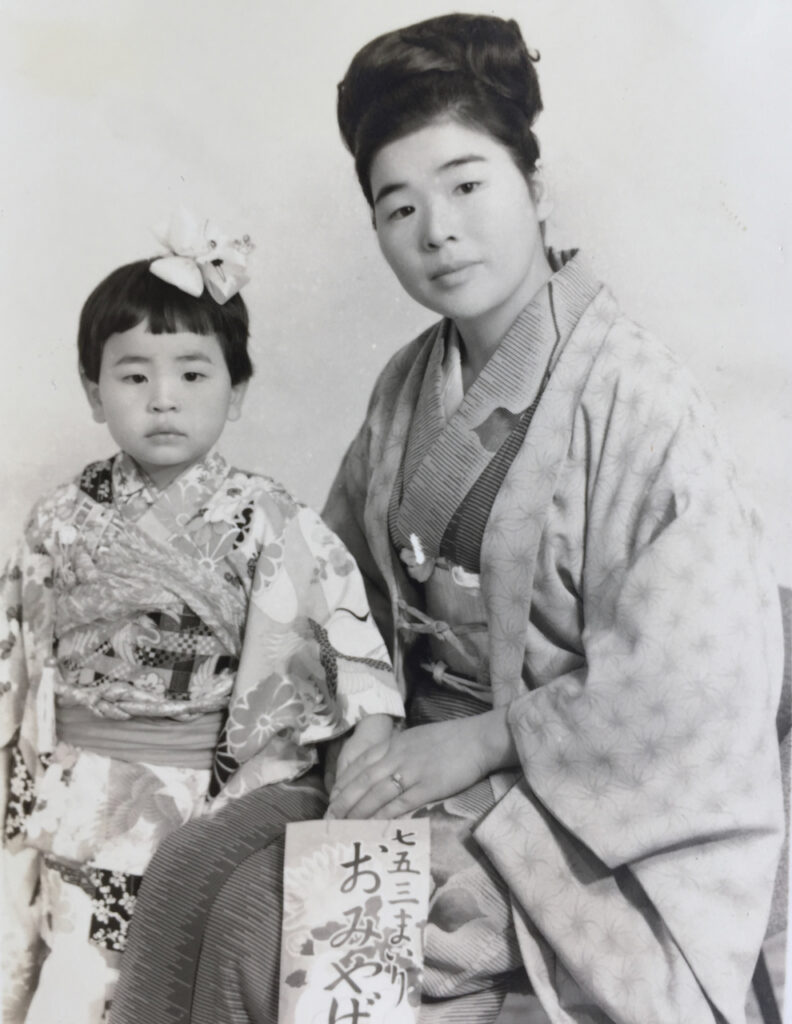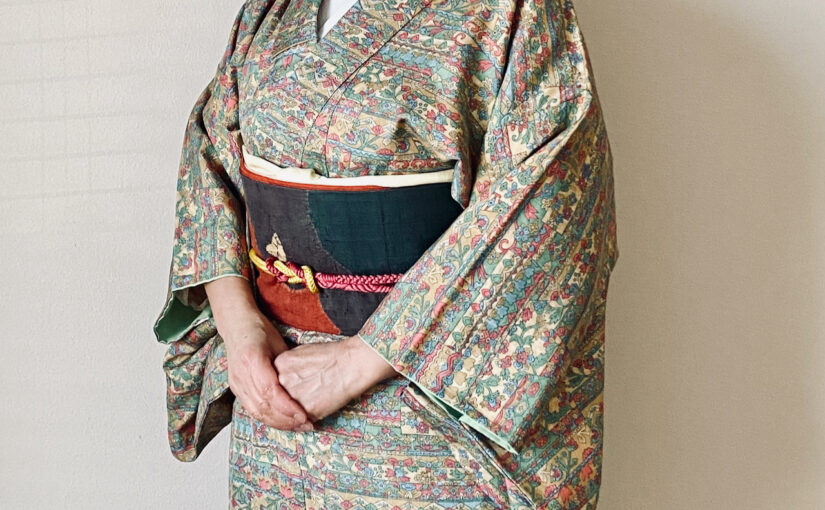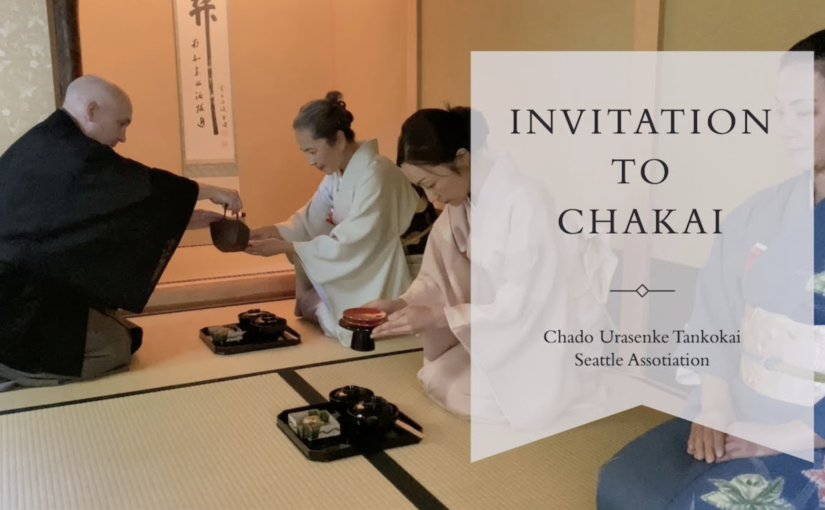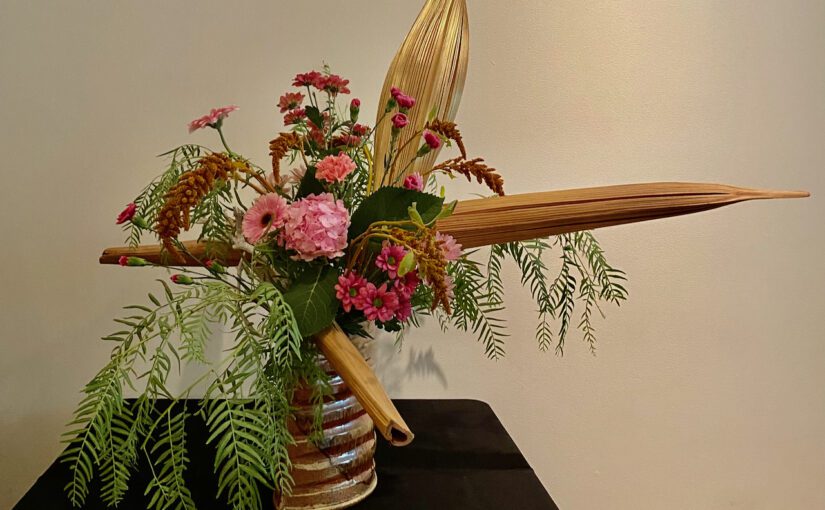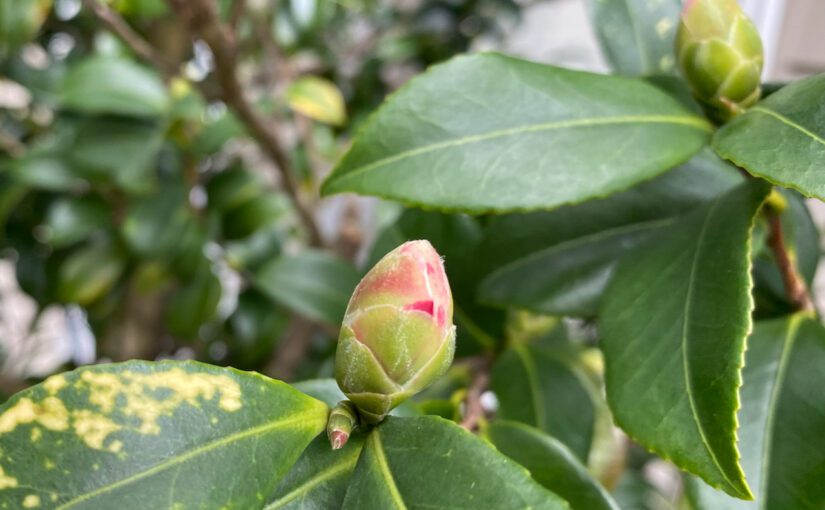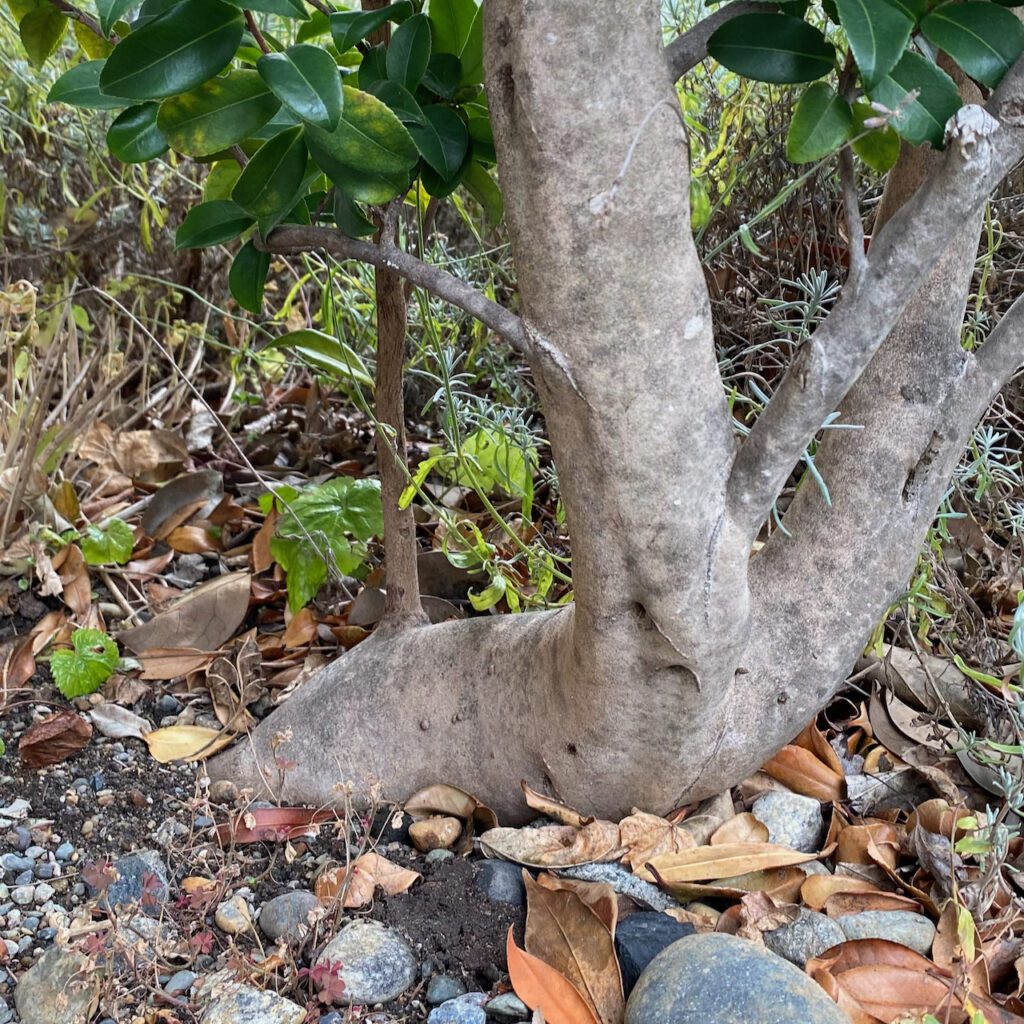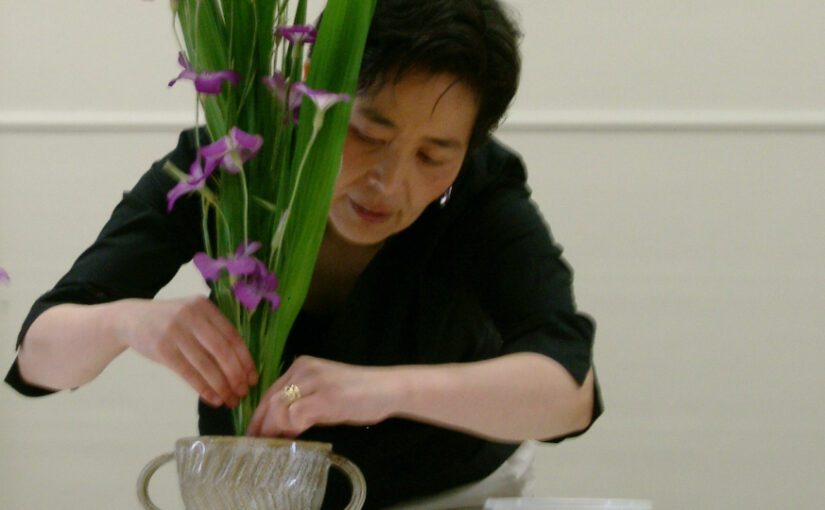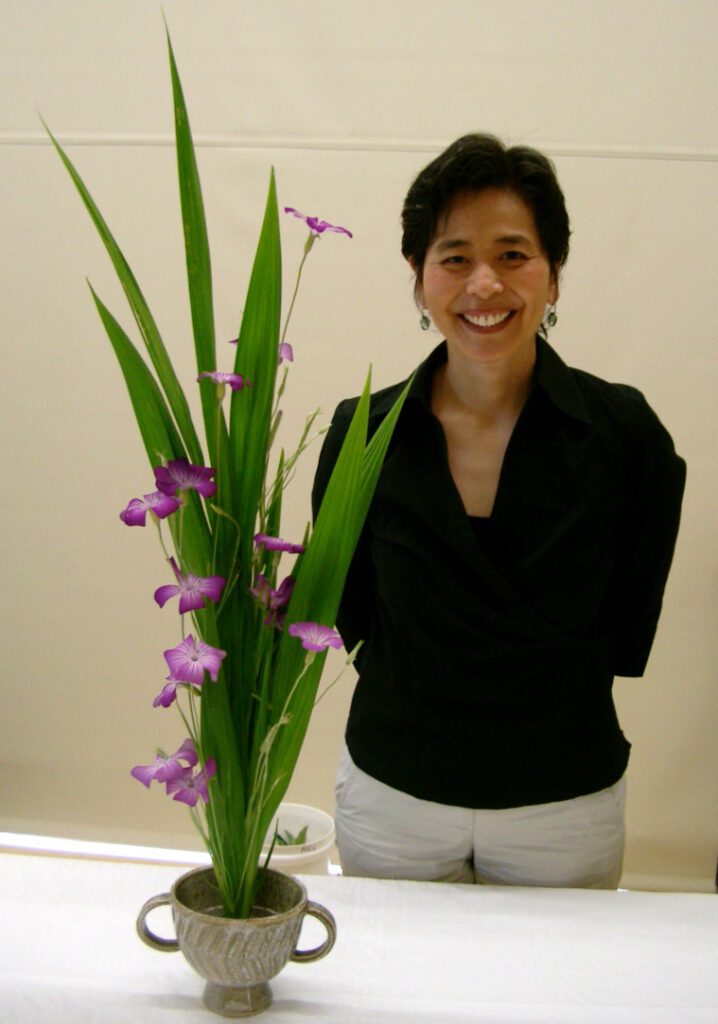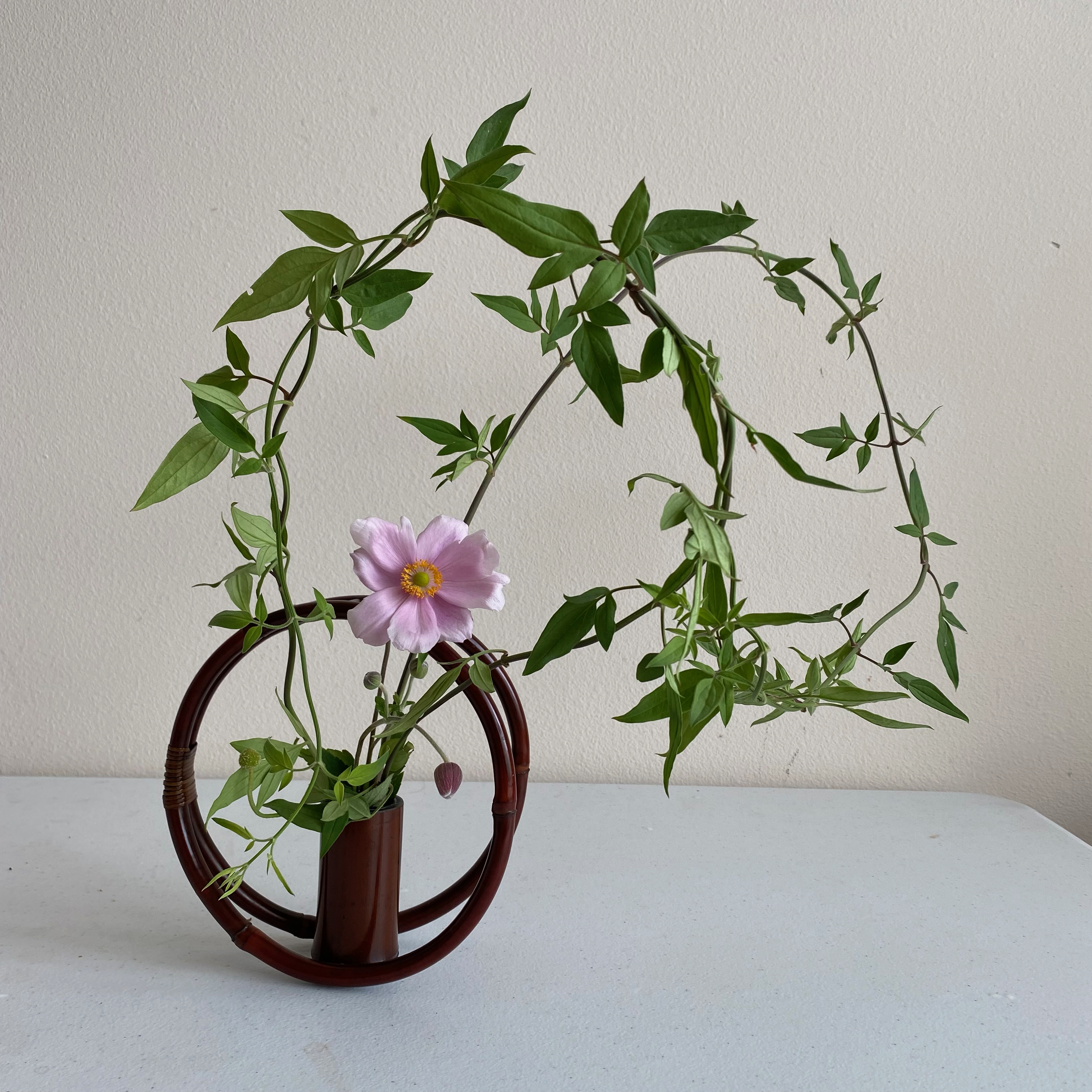It is great both for your physical and mental health.
Photo by Author
Growing up, I always thought of myself as somebody getting bored so easily. I started practicing the piano at three years old and quit by eleven. Singing lasted only three years. Calligraphy, maybe shorter than that.
In my life version 1.0, I never worked for the same company for more than 10 years.
It’s amazing, therefore, that I have been practicing Ikebana for over 20 years. Well, I have to admit there was a gap of almost 7 years, but I came back to Ikebana and haven’t left since.
There must be some reason why I’m hooked and haven’t quit Ikebana. Today I took some time to list up some benefits, for your reference.
#1 It’s meditative
Once you sit down in front of the container and start putting together branches and flowers, your entire focus is set between your eyes and your hands, nothing else.
How the arrange will look like at the end is secondary. You are thoroughly immersed in the process, and it’s meditative.
Writers often talk about “flow state” of their mind. Ikebana enables you to be in that state of mind.
#2 It brings you closer to nature
You cut a branch or a stem of flowers from the nature, but it’s still alive. You touch the nature directly with your hands.
Some are fragile, some are sturdy. Some are flexible, some are rigid. Some smell nice, some stink.
By touching the part of nature, you find your five senses get sharpened.
#3 It stimulates your brain
You try to erect the branches by interlocking them, but you face the natural force of gravity. Where to add another branch to support the rest? How much more tension is needed to keep it standing?
Believe or not, Ikebana is not too different from 3-dimentional puzzles. Or maybe engineering. You have to think logically.
#4 It keeps you physically fit
You might find interesting materials laying on the ground on your everyday route for a walk.
Or you want to use that rather large branch of the tree grown in your back yard. You have to use a saw to cut branches, nails and hammer to put together branches.
A large container is heavy to carry with lots of water in it. Ikebana can be a good exercise.
#5 It grows your circle of friends
Ikebana practitioners are spread all over the world. Ikebana International, a non-profit organization, has been active for over 60 years.
If you have been practicing Ikebana for some time, normally you are given a chance to belong to a local chapter. (There is one in Seattle. Actually, I’m serving as president for this year.)
No matter where you go, chances are that there is a local chapter of Ikebana International in major cities. You get to make new friends easily through Ikebana.
See, I could easily find 5 benefits to keep practicing Ikebana. I hope the list has intrigued you somehow.
Thank you for reading!
